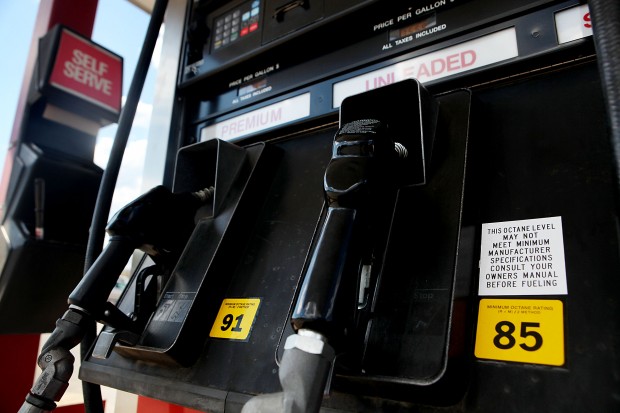And, to add even more uncertainty, there are two different octane scales, "research" and "motor" (both are misnomers, but involve different SAE testing procedures and standards). Auto gas in the US typically reports the average. Avgas seems to use the lower research number, and occasionally both (e.g., 100/130). Which means 91 octane mogas is lower octane than 91 octane avgas.
This is not quite correct......100/130 is the octane rating at lean and rich mixture based on testing done in the lab. It has nothing to do with using both MON and RON numbers. Here is a bit from an article describing the basis of the aviation octane system.
"Gasoline used in piston aircraft common in general aviation have slightly different methods of measuring the octane of the fuel. Similar to AKI, it has two different ratings, although it is referred to only by the lower of the two. One is referred to as the "aviation lean" rating and is the same as the MON of the fuel up to 100.
[6] The second is the "aviation rich" rating and corresponds to the octane rating of a test engine under forced induction operation common in high-performance and military piston aircraft. This utilizes a supercharger, and uses a significantly richer fuel/air ratio for improved detonation resistance.
[4]
The most commonly used current fuel
100LL, has an aviation lean rating of 100 octane, and an aviation rich rating of 130"
The old 100/130 fuel was green. 100 low lead is a replacement for that and is dyed blue.
Lastly, to answer the original posters question:
Avgas is formulated with the same chemistry all over the country so you know what you're getting. Actually I think its only made in one place so all of it is the same. Mogas is formulated all over and the chemistry varies not only by region of maker but also by day, month,year etc. You never really know what you're getting because it changes with every fill at the station. It mixes ok but it doesn't mean you're getting the same thing and for cars it doesn't matter. They don't normally change barometric pressure by much or very quickly. On the other hand you may climb that warrior 10 thousand feet or more in 15-20 minutes. Depending on what materials they used to build that particular batch of fuel you used it may have very low or very high vapor pressure. This can create issues with vapor lock, pumping leaning and other running issue. I ran autogas in my taylor craft years back. Its engine was originally built to run on 70 octane fuel. It had a high wing so gravity flow to the carb. I didn't normally do any big climbs to high altitude though I started at 6000ft elevation to start with. At the time there wasn't ethanol in the fuel....at least not on purpose. I ended up with 4 burned exhaust valves after 250 hours or running. In the end I decided its not worth risking the engine and passengers on a fuel we don't really know anything about because it changes so frequently. I'll stick with 100LL for the 160HP O-320 in my Cessna. At least I know what I'm dealing with here....
Frank





